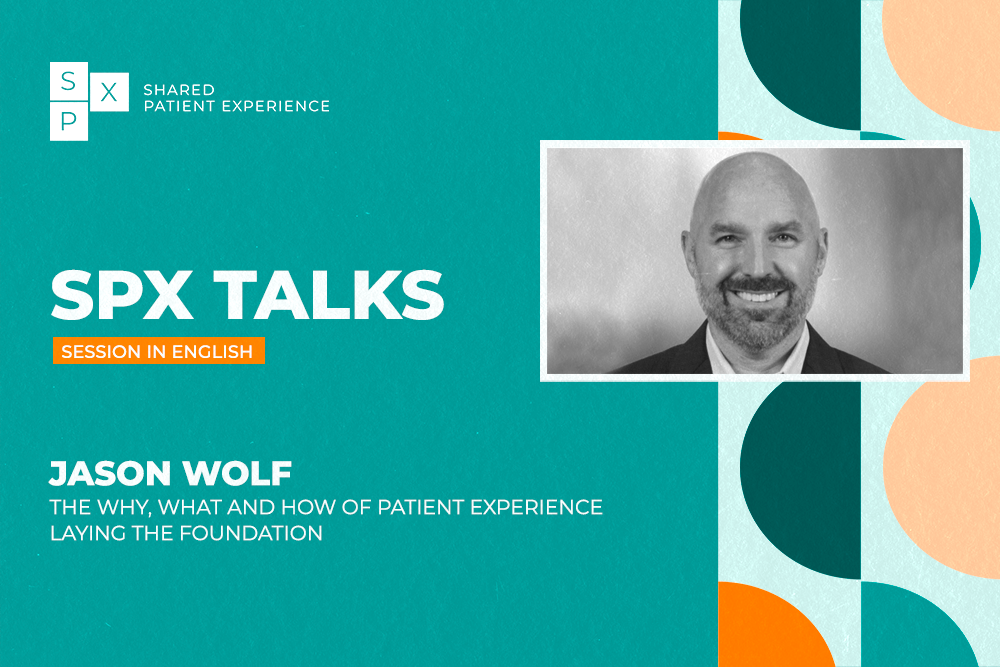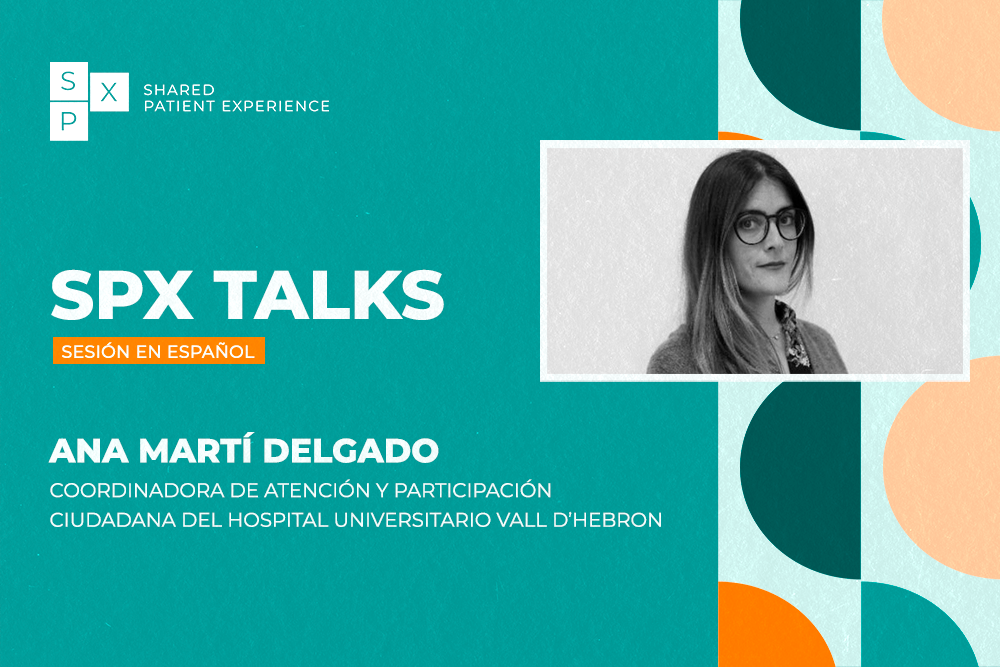
Strategies for compassionate communication during the pandemic
The Hospitalist questioned doctors about their views on the patient experience during the pandemic. The restrictions that were put in place had a negative impact on the inpatient experience. They limited bedside time, visitation, and communication due to protective visors.
The TED protocol
Dr Patel, Mid-Atlantic regional medical director for the Tacoma, Wash, saw his team’s score drop in the Hospital Consumer Assessment of Healthcare Providers and Systems (HCAHPS) survey, which is sent to patients after they leave the hospital.
Dr Patel and his team decided to implement the TED protocol – Teach back, Empathy and Double-backing, which involved adding a second daily visit from the doctor, but also having the patient repeat themselves to assess whether they had understood what the doctor was saying about their care. They also implemented a range of measures such as scheduling Zoom calls with families of intensive care patients, training nurses to work on improving the patient experience, printing personalised cards from the doctor to his patients, etc.
A comparative survey – HCAHPS
These measures have improved the HCAHPS survey score measuring patient experience. The 29 questions about the stay are asked by mail, phone or interactive voice recognition. Nineteen of the questions explore critical aspects of the patient experience in areas such as communication, staff responsiveness, information about their diagnosis, medication and discharge – and whether they would recommend the hospital to others. Hospitals can choose to add specific questions to these common questions.
Since 2008, these results have been compared at national level and can be found on the Hospital Compare website. The site also includes quality measures such as mortality, readmission and hospital-acquired infection rates, as well as process measures such as the quality of care provided by hospitals. A ranking is provided on seven key quality areas, including patient experience.
How can these scores be used?
The scores are useful for studying hospital practice but they need to be studied more widely to see what can be done differently to impact the patient experience, and improve it.
The drop in scores from the previous year can be easily explained with covid, but it is important to look at how to innovate to avoid the pandemic negatively impacting the patient experience.
Tools to build trust
Dr Sarah Richard, a physician at Nebraska Medicine in Omaha, notes that it is sometimes difficult to capture aspects of the trust relationship in this kind of survey. Indeed, it can sometimes be difficult and frustrating to get a good handle on what is being measured. Is the patient upset because the coffee was cold or because of a bad clinical experience? Is it the care they received from the doctor or the physical environment of the hospital?
This is why Dr Mark Rudolph encourages hospital doctors to look beyond scores or the idea of simply trying to improve their score. Instead, he suggests looking deeper into the issues surrounding communication with doctors.
With this in mind, Dr. Richards offers tools to help professionals, including a fact sheet with “Communication Tips for 5 Common Issues in the COVID-19 Pandemic”, and a downloadable pocket card entitled “The 5 Rs of Cultural Humility”. Cultural humility describes the awareness of the impact of people’s culture on their health behaviours and the use of this awareness to develop sensitive approaches to treating patients. The first four R’s (Reflection, Respect, Regard and Relevance) are externally focused, while the fifth R (Resiliency) is intrinsic. The theory goes that if you achieve the first four R’s in every interaction, it will help to develop your own personal resilience.
Innovative new models to humanise the relationship in Covid time
Swati Mehta, a physician at Sequoia Hospital in Redwood City, California, and Vituity’s Director of Quality Performance and Patient Experience, also believes it is important to promote a human connection between physicians and patients. To do this, she draws on Dr. Mehta’s “6H” model of treating patients with more compassion and forming a strong human-centered connection.
The approaches implemented promote greater use of the hospital at home model, with daily nursing visits and 24-hour virtual access. Vituity physicians have also worked more closely with emergency departments to provide emergency psychiatric interventions for anxious patients, in collaboration with primary care physicians.
Complementary initiatives such as adding doctors’ photos to their coat so that patients can see their faces despite the visors, and using telemedicine to visit patients, show that the pandemic has prompted many hospitals to take a closer look at all areas of their service delivery and to be innovative.



